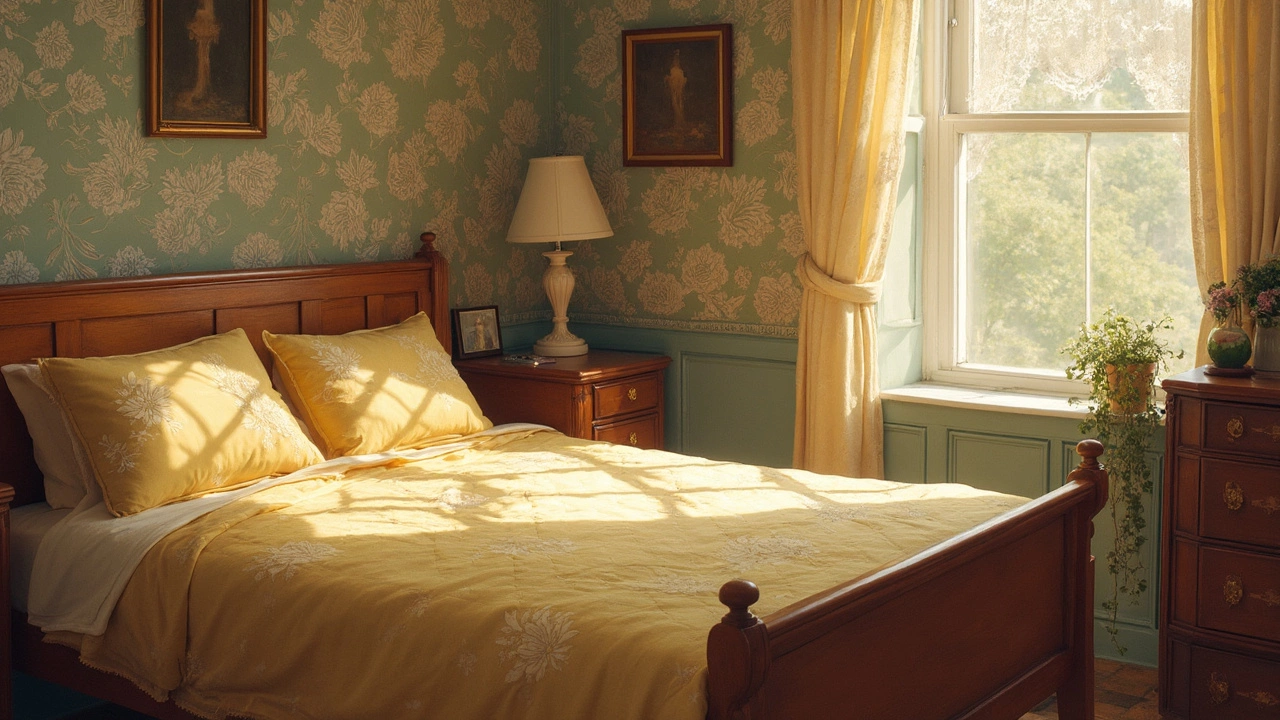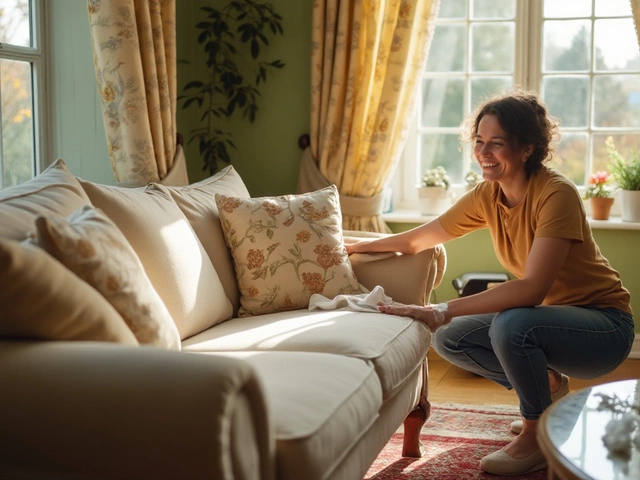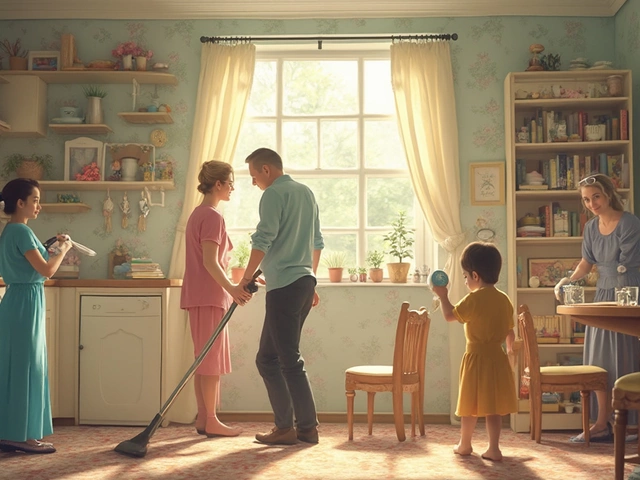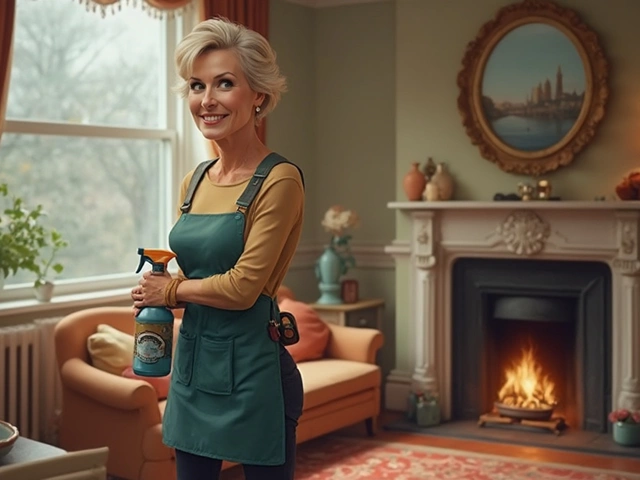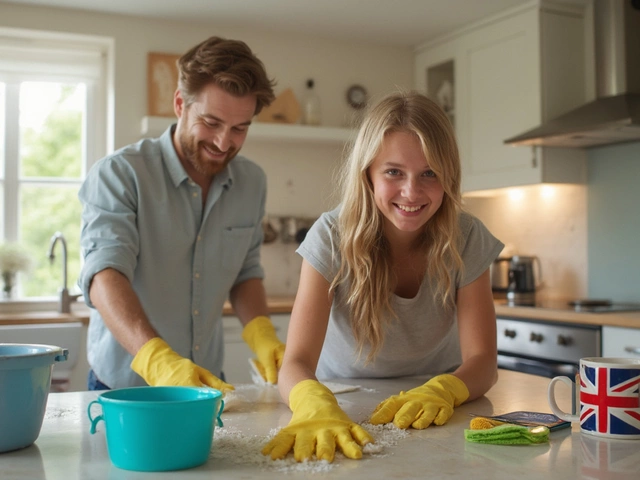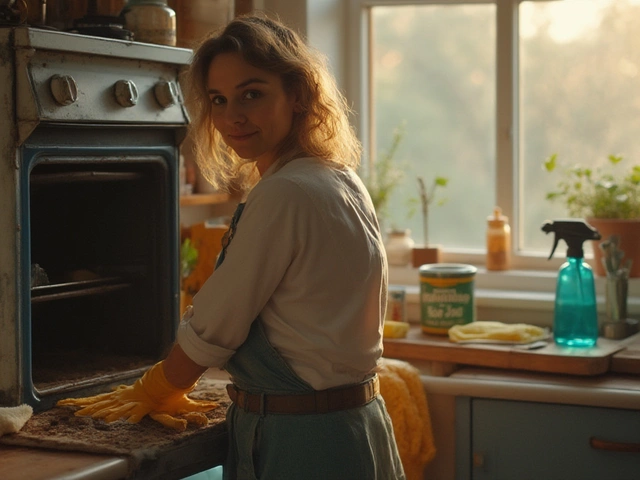Yellow Stains: What They Are and How to Remove Them
When dealing with yellow stains, discolorations that range from pale buttery tones to deep mustard hues. Also known as yellow discoloration, they often show up on kitchen appliances, glass surfaces and fabrics. Oven grease, the baked‑on residue that turns oily over time is a frequent culprit in ovens, while hard water stains, mineral deposits left by calcium and magnesium create similar tones on windows and tiles. Both problems can be tackled with an eco‑friendly cleaner, a non‑toxic solution made from household ingredients that protects surfaces while cutting through the stain.
Understanding the source of yellow stains helps pick the right tool. Yellow stains encompass three main groups: organic buildup like oven grease, inorganic mineral deposits such as hard water stains, and biological growth like mildew. The first group requires a degreasing agent, the second needs an acid‑based descaler, and the third often calls for a mild biocide. This classification enables you to match a cleaning method with the stain’s chemistry, saving time and avoiding damage.
Practical Ways to Tackle Yellow Stains
For oven‑related yellow stains, start with a paste of baking soda and a splash of water. Let it sit for 30 minutes, then scrub with a non‑abrasive pad. The alkaline nature of baking soda breaks down the greasy film, while the gentle texture protects enamel. If the stain is stubborn, add a few drops of lemon juice – the citric acid reacts with the grease, lifting it away.
Hard water yellow stains on glass or tiles respond best to vinegar or a commercial descaler. Soak a cloth in white vinegar, wrap it around the stained area, and leave for 10‑15 minutes. The acetic acid dissolves calcium deposits, turning the yellow patch clear. For larger surfaces, a spray bottle filled with a 1:1 vinegar‑water mix lets you cover more area quickly. Rinse with water and dry with a microfiber cloth to avoid streaks.
When you prefer an eco‑friendly cleaner, a blend of distilled water, a teaspoon of baking soda, and a teaspoon of dish soap like Dawn works well. This solution combines the degreasing power of soap with the gentle abrasive action of baking soda, making it safe for most fabrics and surfaces. Test on a hidden spot first, then apply with a soft brush, let it sit, and wipe clean.
Keeping yellow stains at bay is easier than removing them. Regular maintenance—wiping ovens after each use, squeegeeing windows weekly, and using a water softener if you have hard water—prevents the buildup that leads to discoloration. Small, consistent actions reduce the need for heavy‑duty cleaning later on.
Below you’ll find a curated set of articles that dive deeper into each of these methods, from DIY recipes to professional tips. Whether you’re battling a greasy oven, cloudy windows, or stubborn mineral marks, the collection offers practical steps you can try today.
